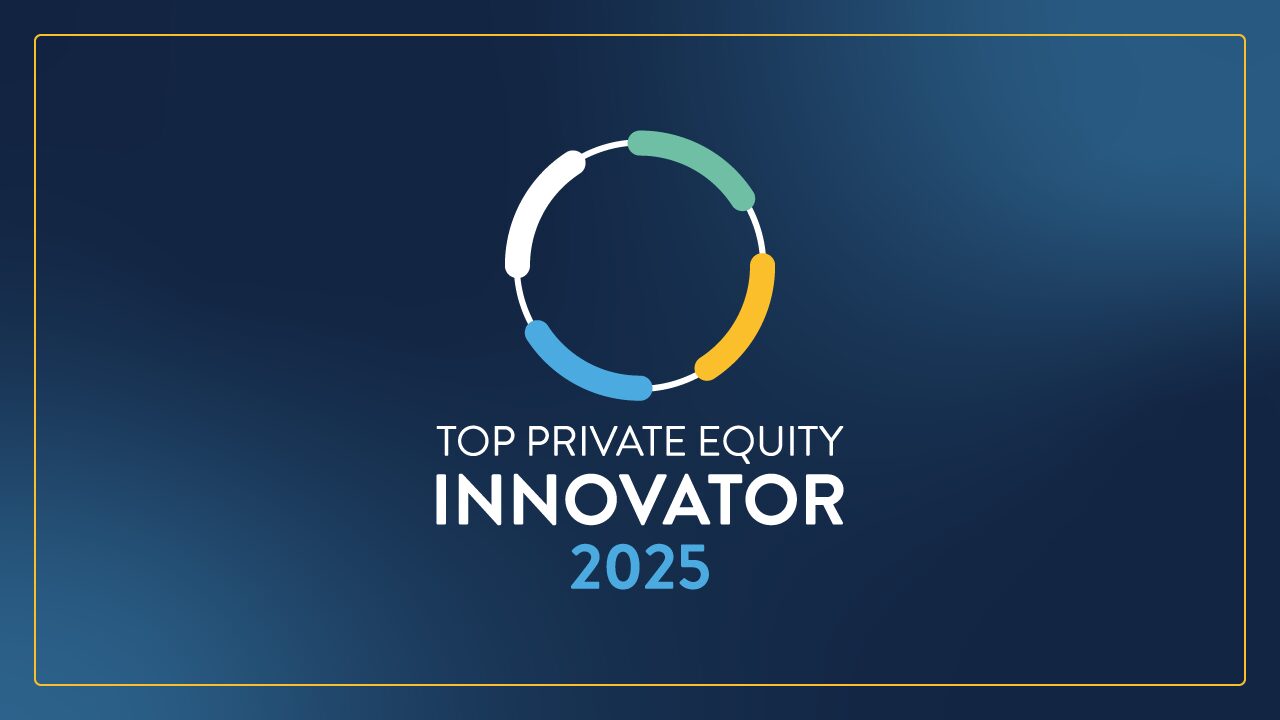As businesses become more data-driven, the need for a robust business intelligence (BI) infrastructure becomes increasingly crucial. With the right infrastructure in place, organizations can unlock insights that inform their decision-making and give them a competitive edge.
Let’s explore the key components of a BI infrastructure and why they matter.

Data Storage and Management
Businesses must ensure they have the right data management systems in place to efficiently store, process and manage their data.
This means utilizing databases, data warehouses and data lakes, depending on the nature and volume of the data. Without a solid foundation for data storage and management, any BI initiative will fail.
Data Integration
With data stored in various systems and applications, data integration is crucial to ensure that data is collected from all relevant sources.
Data must be integrated from internal systems like CRMs and ERPs as well as external sources. These could include social media, market research or other third-party platforms that are central to your business.
Consolidating all this information means having access to a comprehensive view of operations and customers behavior and characteristics.
READ MORE: Business Intelligence Automation: What is it?
Data Visualization and Reporting
One of the key goals of a BI infrastructure is to help users make sense of data through visualizations and reports.
By using tools like dashboards and charts, leaders can present the numbers in a way that is easy for the entire team to understand and interpret.
This practice will also help users identify trends that might not be immediately apparent in raw data, or to the naked eye.
Real-time reports are particularly important in today’s fast-paced business environment. Without them, you can quickly fall behind your competition and lose touch of who your users are.
Data Analysis and Modeling
Data analysis and modeling are essential components of any BI infrastructure. Businesses need to be able to build models that can predict future outcomes.
Skilled analysts are key here, but they also need the right technology to support data modeling, machine learning and artificial intelligence.
Leveraging these technologies will give organizational leaders a deeper understanding into their operations and customer base.
READ MORE: How the BluWave Process Works
Whether you’re a PE firm, a portco, or an independent or public company, investing in a robust BI infrastructure should be a top priority.
BluWave has top BI, analytics and AI resources on standby to address your specific needs, whatever sector your company serves.
Set up a scoping call with our research and operations team to get connected with two or three best-fit service providers that are experienced with your exact business intelligence infrastructure need.


